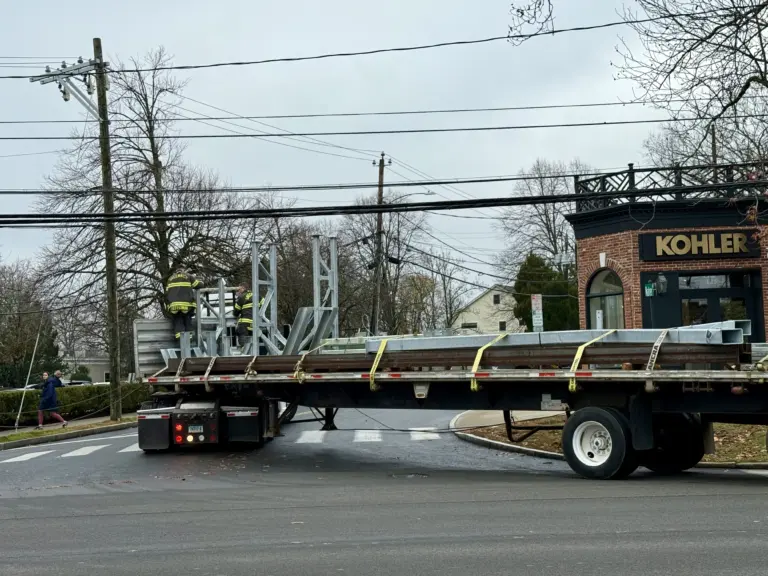By Laurence Gerber
Growing up, many of our grandparents lived at home or nearby in the same communities. With families living farther apart from one another, and the fast pace of today’s society, many older adults struggle with loneliness and social isolation.
While this has always been an issue for older adults, when COVID-19 struck it took on a whole new meaning. And with the growing number of aging Americans (it is estimated that there are 73 million people over 65) the issue of social isolation has become more prevalent.
Loneliness is not only sad, but it impacts our physical and mental health, aging us more quickly, doubling the rate of dementia and increasing the chances of stroke and heart attack. According to a study by the AARP Public Policy Institute, Stanford and Harvard Universities, socially isolated older adults are more at risk for poor health, dementia and death.
Study after study has supported this, but the pandemic has given us all a vivid example of the cost of loneliness on our mental and physical health. While the jury is still out on how the pandemic impacted older adults, an initial study of nearly 2,000 older adults ages 65-95 in Switzerland found that loneliness increased after the Swiss government recommended physical distancing and decreased after the Federal Council decided to ease these measures.
I founded Epoch Senior Living in 1997 and we now run 12 senior living communities with four under construction that offer independent, assisted living and memory care in Massachusetts, Connecticut and now in New York.
When I started the company, my vision was to create a place that would provide for each person’s physical, emotional and mental well-being. I wanted to provide seniors with the support they need to live happy, carefree and healthy lifestyles, but most of all ones that are connected.
Senior living communities like Waterstone on High Ridge in Stamford, developed by National Development and Epoch, provide older adults with the opportunity to stay close to their friends and families, houses of worship, clubs and community organizations, while also expanding their social circles. Waterstone on High Ridge will open later this year.
While we can’t fully measure how this isolation has impacted older adults, we have seen a decided improvement in the spirits of residents in our Waterstone communities once some of the Covid-19 related restrictions were lifted. When we first reopened our community dining rooms, some of our residents were reluctant to return, but once they did, they came night after night, cheered by the ability to be once again spend time with their friends.
One resident at our Waterstone at Wellesley community just outside of Boston commented on how she was so grateful to get back to her regular activities. Joyce Schwartz, who has lived at Waterstone at Wellesley for nine years, said that she had kept busy during the pandemic with activities, but being able to see friends and family has made a big difference “I saw in person my son and granddaughter for the first time in a year and half and that was special,’’ she said.
The writer, Laurence Gerber, President and CEO of Epoch Senior Living.




